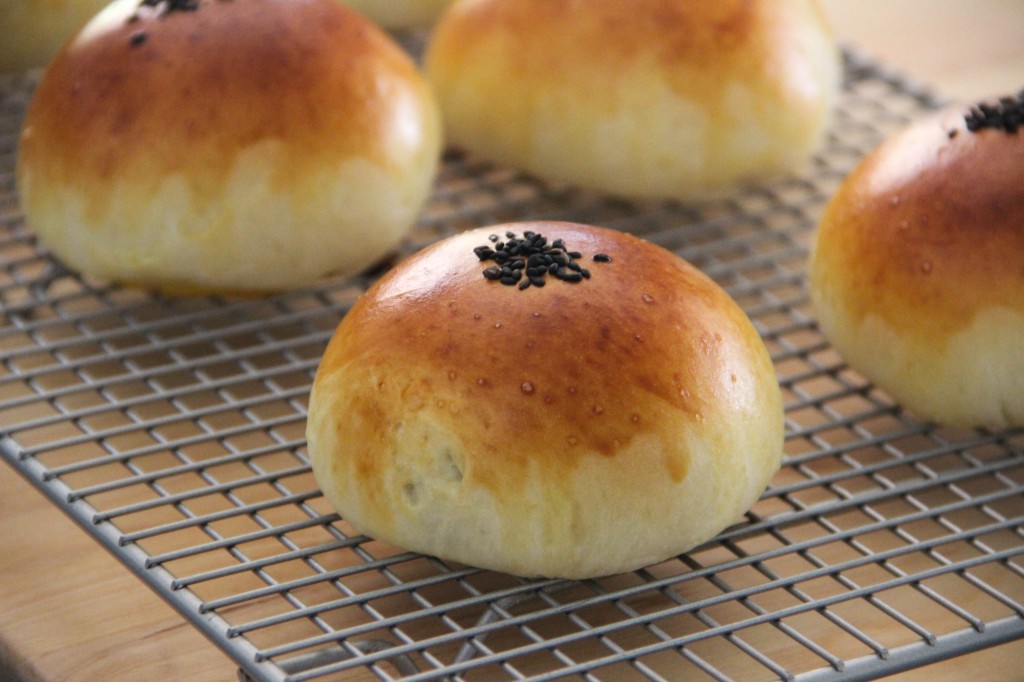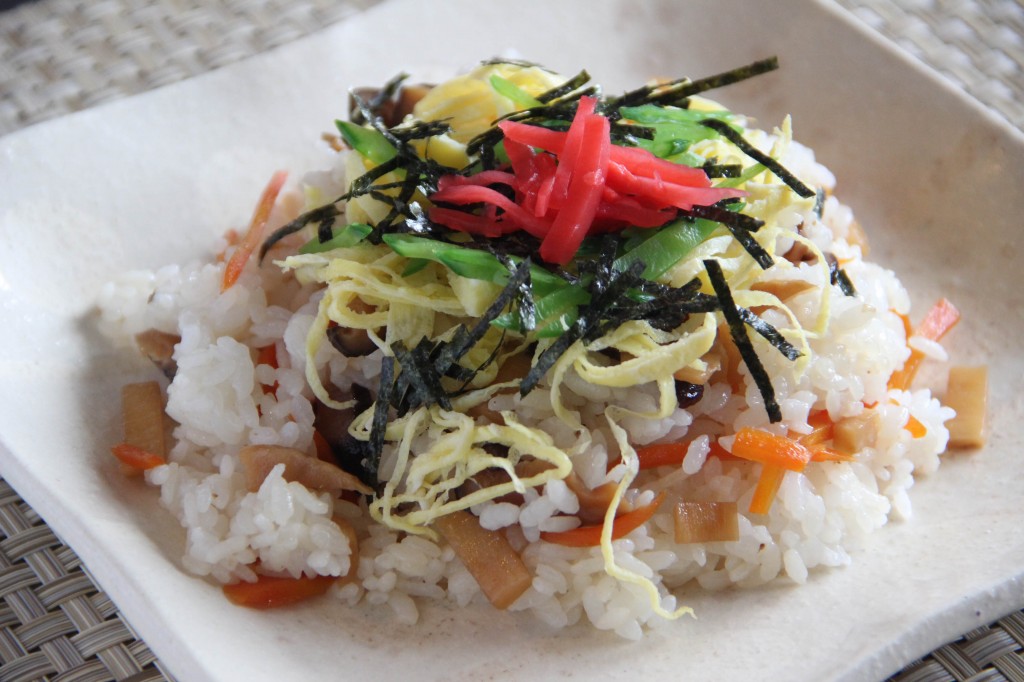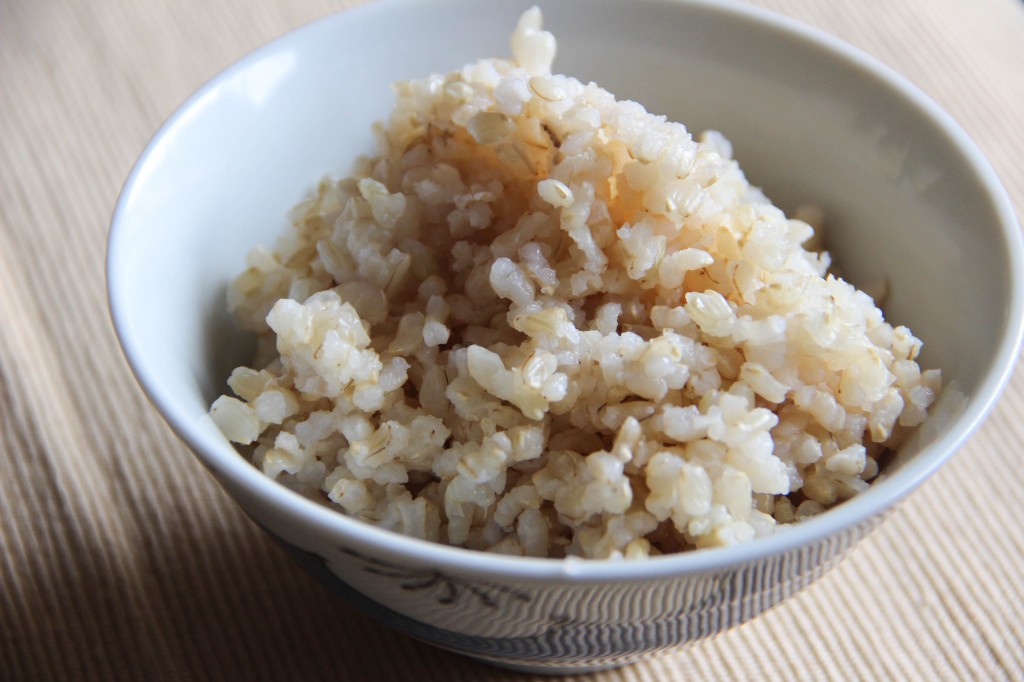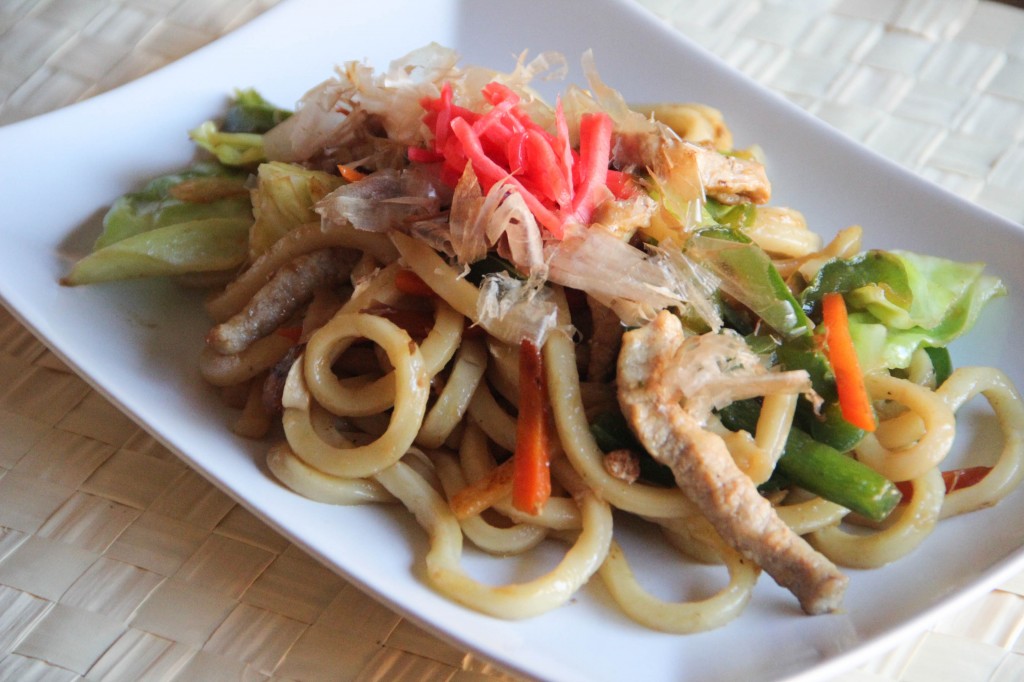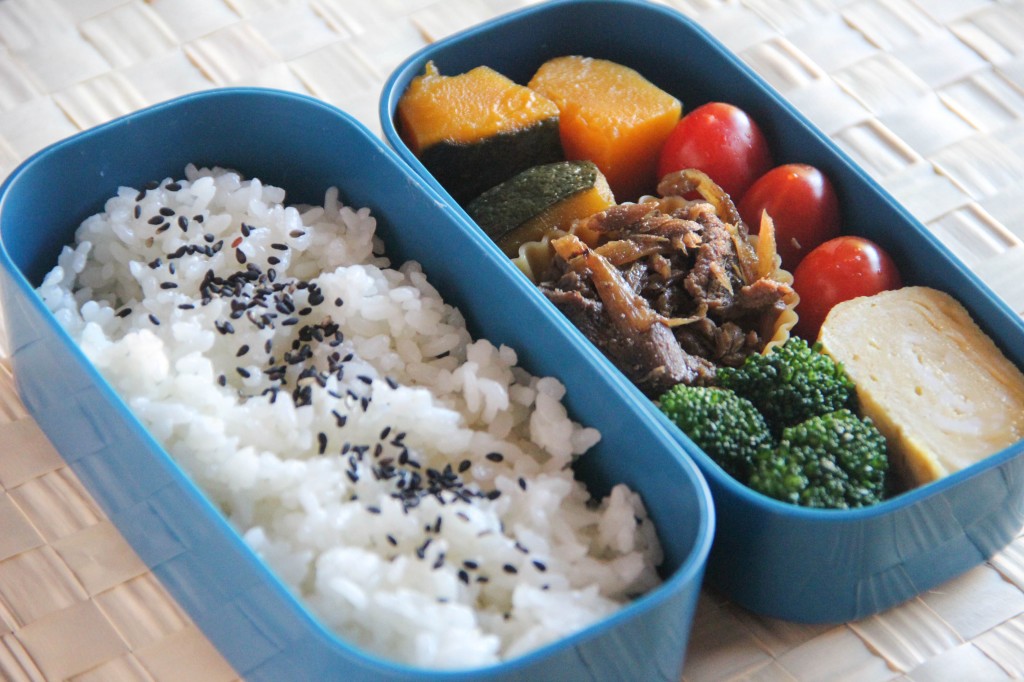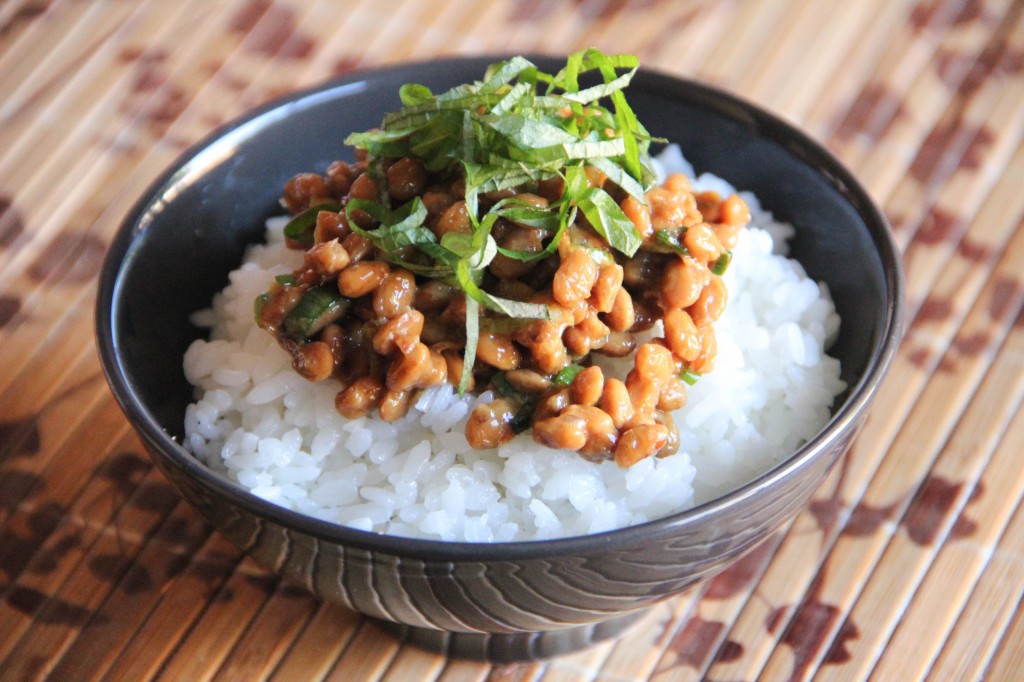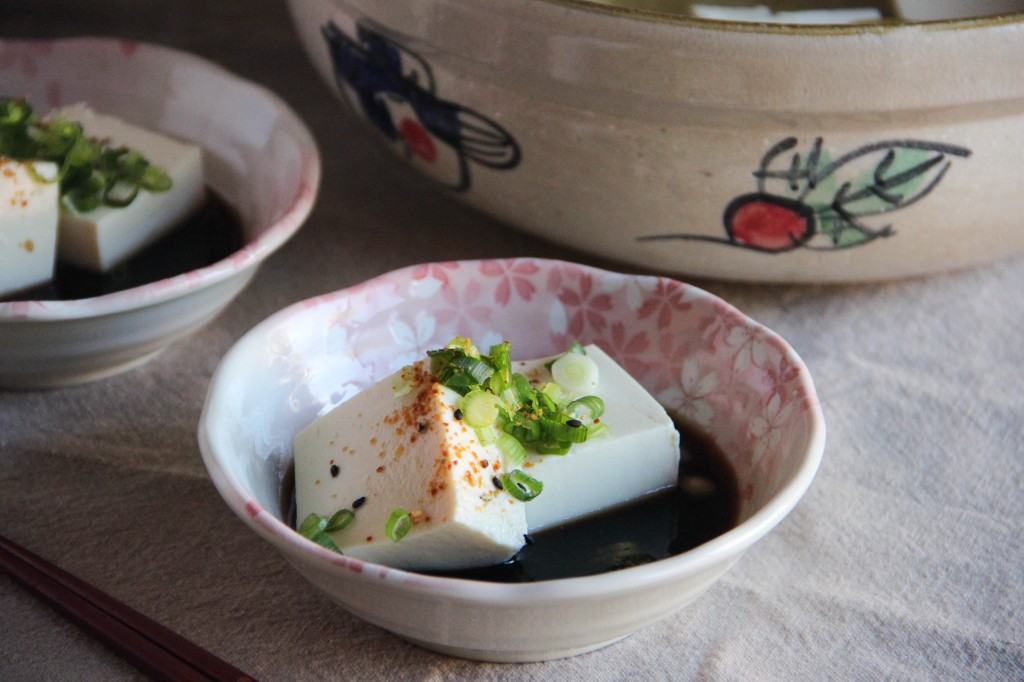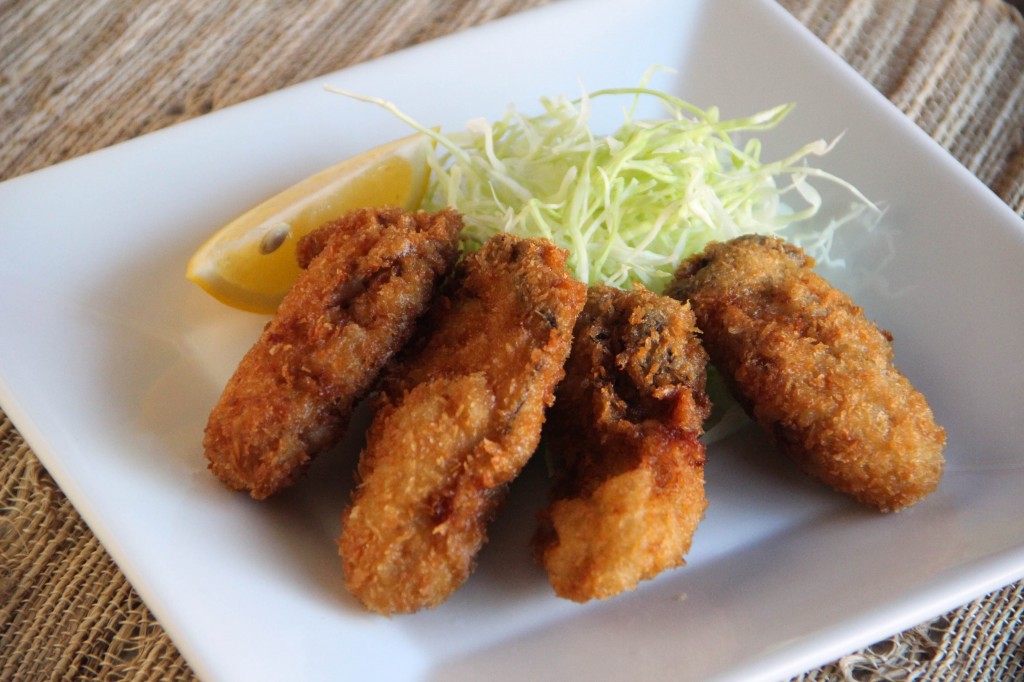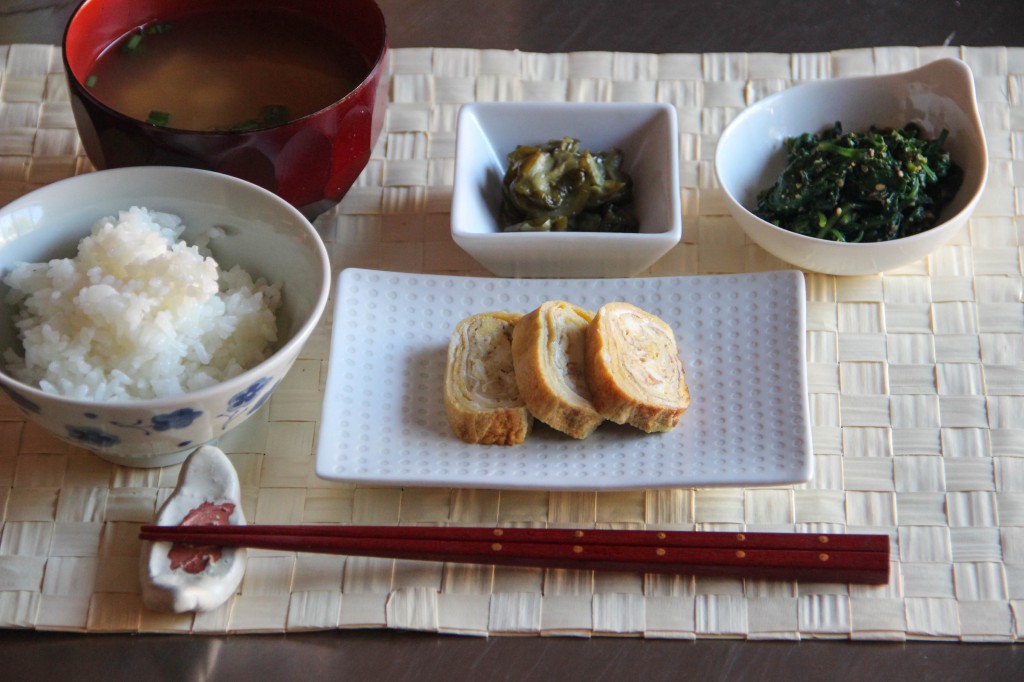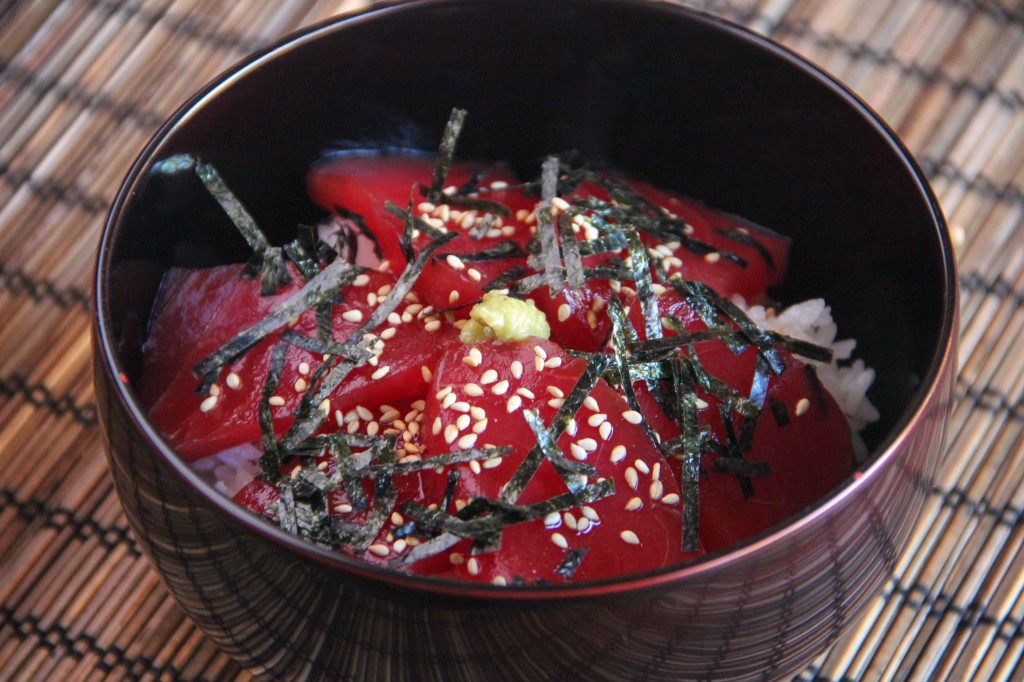An Pan is a Japanese sweet bread with Anko (sweet red bean paste) inside. It is an old-fashioned kind of bread, and one of the most popular snack breads of all time.
An Pan was created in the late 19th century, and it became tremendously popular right away. Although people in Japan were not familiar with bread back then, they got to like An Pan which is similar to traditional Japanese sweets because of the use of Anko.
